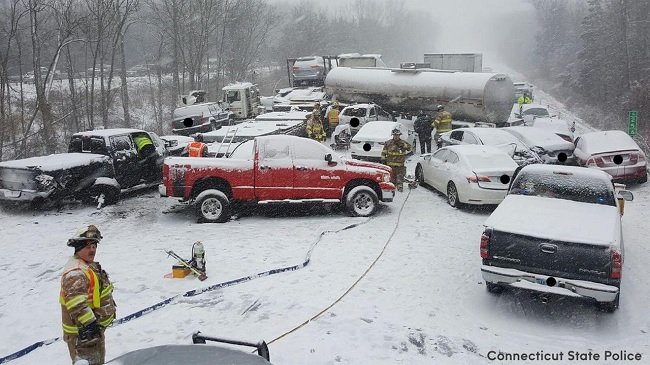The first step towards understanding civil liability for car crashes in the Golden State is knowing what to call them, because in our society, words have power.
In 1997, the Massachusetts Highway Safety Commission became one of the first of some thirty agencies to shift terminology from accident to crash; in 2016, Nevada became the first state to make such a move. Later in 2016, the Associated Press followed suit, declaring that its reporters would no longer use the term if negligence is either claimed or established.

After all, according to advocates, airplanes crash, trains wreck, and ships sink, so vehicles should crash as well. To label these incidents as “accidental” implies that they were completely unavoidable by anyone involved, and typically, that is not the case. Other people counter that “accident” is proper, because the term correctly implies that the negligent driver did not intentionally set out to hurt other drivers.
“Accident” was first used in this context in the early 1900s, when some business owners referred to workplace injuries as “industrial accidents” to shift blame away from dangerous factory conditions and onto the injured workers.
What Causes Car Crashes?
Alcohol impairment is a factor in about a third of the fatal car crashes in the United States. This depressant slows down the nervous system, so impaired drivers cannot react to changing conditions as quickly as sober drivers. Furthermore, alcohol impairs judgement skills in such basic tasks like when to apply the brakes in time to stop. Finally, alcohol disrupts concentration, making it all but impossible for drivers to focus on more than one task at a time.
Many prescription drugs, street drugs, and over-the-counter drugs cause similar effects in drivers. The evidence is unclear as to whether or not marijuana impairs driving skills, but driving under the influence of cannabis is still illegal in most states, including California. In fact, the “drugged driving” law in the Golden State is very broad. In 2016, prosecutors charged a Fairfield man with DUI-Drugs because he was under the influence of caffeine; a few months later, Solano County prosecutors reluctantly dismissed the charges.
Excessive speed is a factor in another third of fatal car crashes. Velocity increases the force in any collision between two objects. So, in car crashes, a non-injury collision at low speeds becomes a serious injury crash at higher speeds. Velocity also reduces reaction time because it increases stopping distance. At 30mph, most passenger vehicles take about six car lengths to stop, but at 60mph, stopping distance triples to eighteen car lengths.
California lawmakers recently passed a tougher cellphone law to combat the rising tide of distracted driving, because this behavior causes over 431,000 injury crashes per year. At 55mph, most cars travel the length of a football field while the driver sends or reads just one text message.
Drowsy driving causes at least 100,000 car crashes a year, and that figure is probably vastly underreported. Fatigue and alcohol or drugs have about the same effect on the brain and on motor skills. In fact, driving after eighteen consecutive awake hours is like driving with a .08 BAC, which is above the legal limit in California.
Legal Issues
All four of these behaviors could constitute a breach of the duty of reasonable care, and Gagne v. Bertran is one of the earliest California cases to explain this duty. The court held that people have “a duty to exercise the ordinary skill and competence of members of their profession, and a failure to discharge that duty will subject them to liability for negligence.”
Minimally competent drivers obey the speed limit, focus on the road, are sober, are well-rested, and otherwise obey “the rules of the road” in the Vehicle Code and elsewhere.
If the breach of duty caused the car crash (e.g. Driver A hit Driver B because Driver A was speeding), the victim is entitled to damages. These damages usually include compensation for noneconomic losses, such as pain and suffering, and economic losses, such as medical bills.
Many of these behaviors also involve a violation of the Vehicle Code or some other law; for example, speeding may violate Vehicle Code 22350 or another provision. In these cases, victims only need to prove cause, thanks to the negligence per se rule. Drivers are liable for damages as a matter of law if:
- They violated a law, and
- That violation substantially caused the victim’s damages.
In many extreme negligence per se cases, such as drivers with a high BAC or reckless drivers, additional punitive damages may be available as well.
